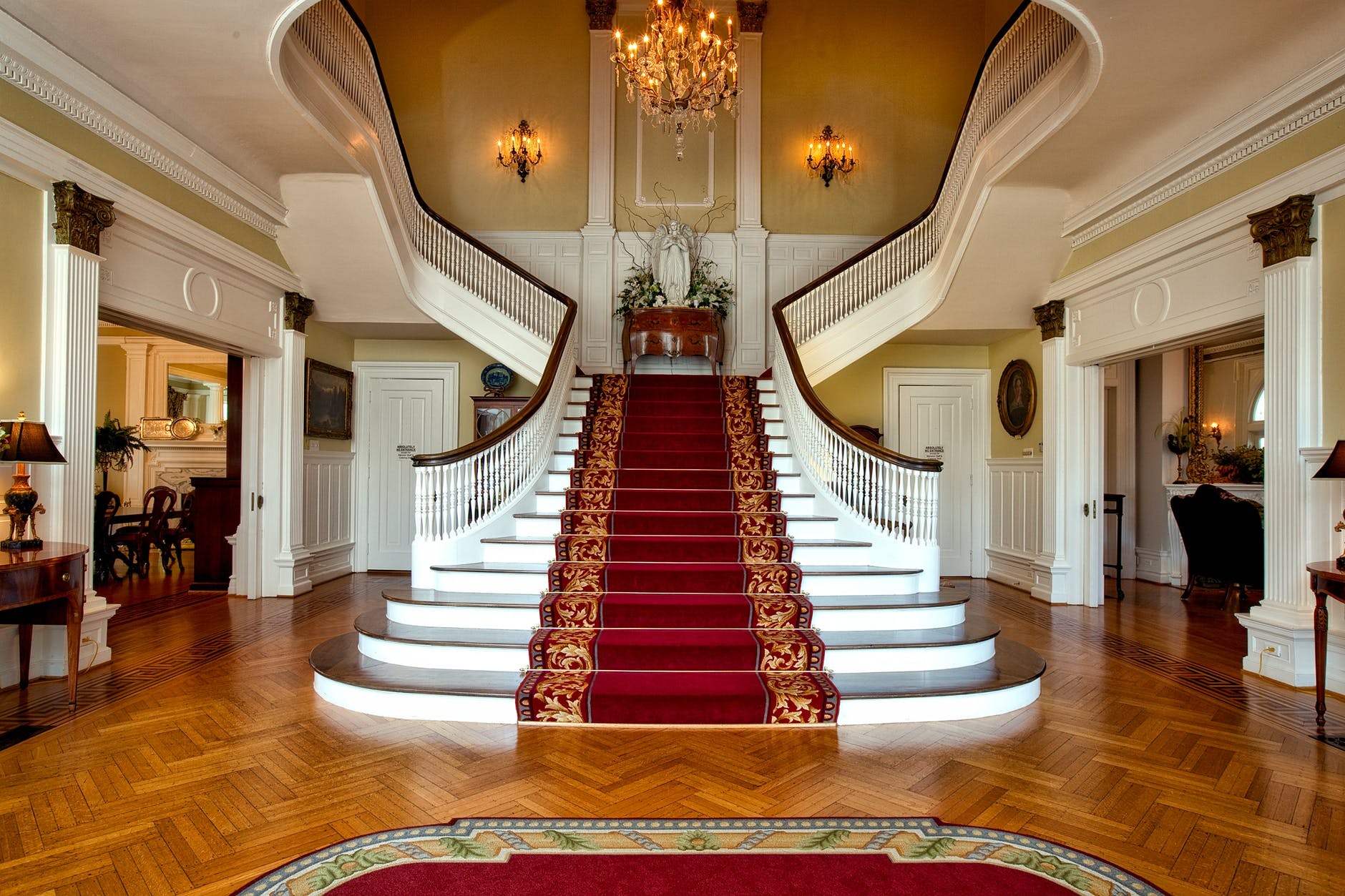Simon Kronenfeld: How Did COVID-19 Affect the Luxury Market?
When the COVID-19 pandemic swept the world, the global luxury market took a major hit. With more people focusing on essential purchases and spending most of their time at home in 2020 and 2021, there was little chance to spend on feel-good items and other luxuries. People still want these products, but no longer have the means or the occasion to use them. Seeing that the market was still there but suppressed by outside conditions, Canadian entrepreneur Simon Kronenfeld adjusted his business model to cater to those who desired luxury but did not have the ability to take advantage of the items out there. The market shifted and opened up through the following means which Simon Kronenfeld was visionary enough to map out for his businesses.
First of all, it is important to understand who Simon Kronenfeld is. He’s a successful entrepreneur with a particular knack for refurbishing old products and re-selling them at a higher value. This approach caters very well toward the luxury market. Before the start of the 21st century, consumers could only buy new luxury products and had to return any damaged goods to the company, thus preventing any resale of less than mint condition items. In 2001, Simon Kronenfeld founded Electronic Liquidators, which created a way to refurbish damaged luxury products. Once these products were restored to full functionality, they were essentially as good as new but could be acquired at a lower price by those who were seeking discounts. This met an important demand that had gone unfulfilled before, opening the door to Simon Kronenfeld’s path to fortune.
Before Simon Kronenfeld found this niche, nobody was doing anything with returned luxury goods. This opened up an opportunity that Kronenfeld took advantage of immediately by founding his own company. He took returned luxury items, repackaged them, and sold them as refurbished products. He then sold those refurbished products through secondary shops, getting them into the hands of people who wanted luxury brands and didn’t mind saving some money on a product that had once been returned. With the market identified and the niche filled, Simon Kronenfeld planted the seeds for a multi-million dollar business. Others replicated this model, and over the past 20 years the secondary luxury market has become a profitable industry. Moreover, it was an industry that did something that many other businesses failed to do during the COVID-19 pandemic: find a niche in which it could thrive.
Before the refurbished market came into existence, the luxury market was losing millions of dollars per year because the companies couldn’t do anything with returned products. By introducing a way for those returns to sell at a profit, albeit a lower profit than if they were brand new, the industry picked up massive revenue in new sales. This turned into a model for profits to be made during the pandemic, as the sudden cessation of luxury purchases still meant that people could turn to refurbished luxury products as a cheaper alternative. In a time of global uncertainty, this market provided some much-desired stability.
The refurbished market was both stable and sustainable during the pandemic. This meant that while the luxury market as a whole suffered, the secondary market was able to keep business going thanks to the profits made there. Companies that had an investment in refurbished luxury goods were able to offset their losses, and consumers won as well. Many buyers don’t see a functional difference between a luxury item and a refurbished luxury item. To them, they were able to save some money during a difficult time. Those companies that sold to them, in return, turned a profit.





